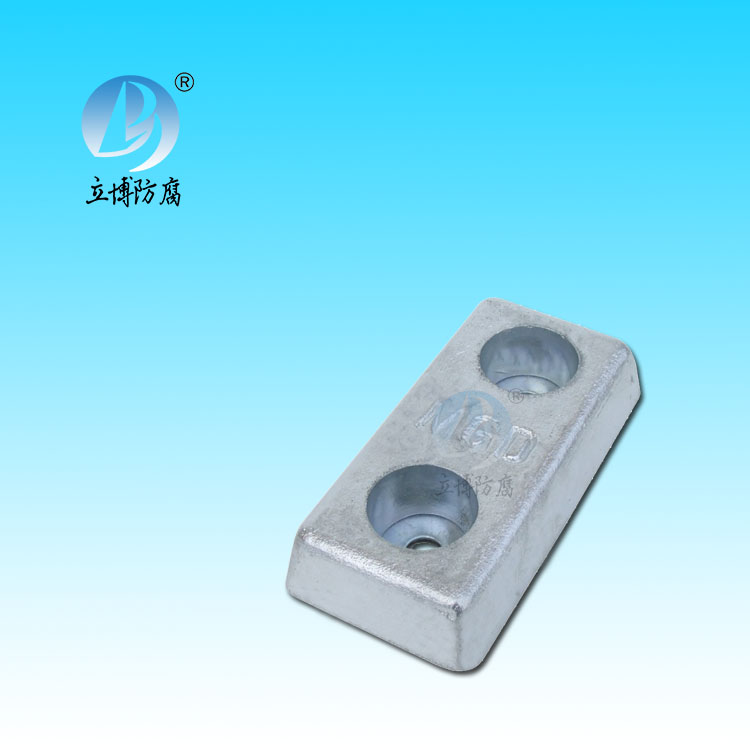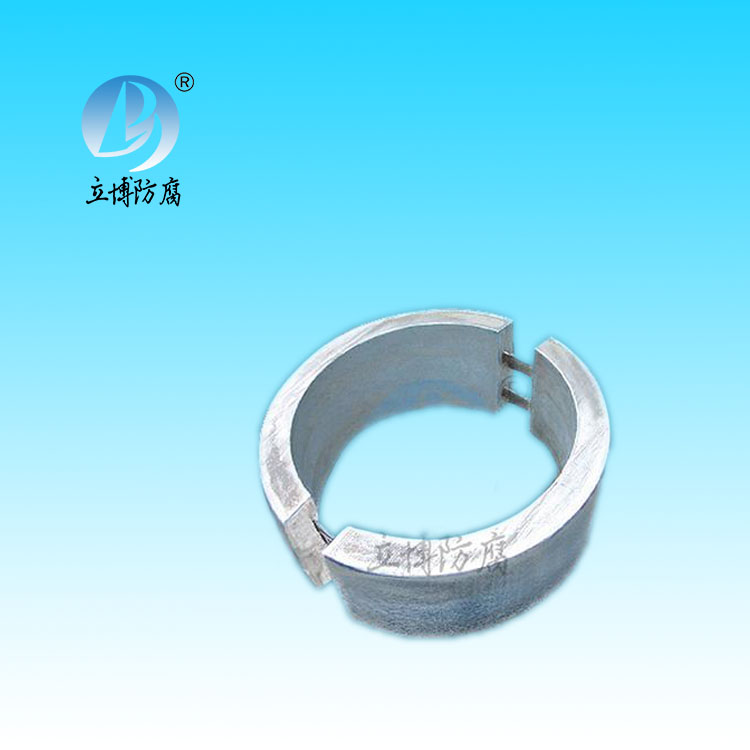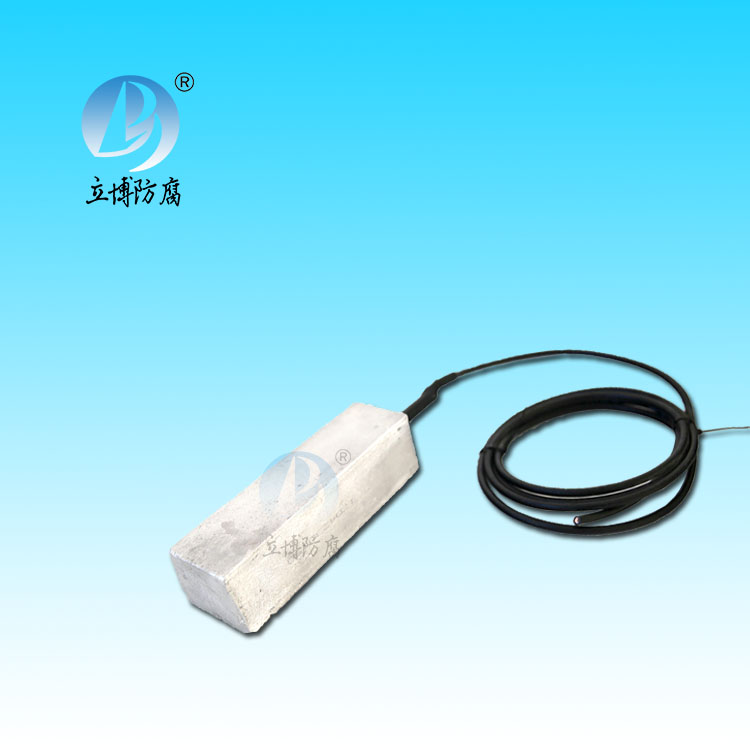News
News
- What is a sacrificial anode
- Basic requirements for reference...
- What does the reference electrode do...
- Why are zinc blocks attached to the ...
- What is the principle of impressed...
- What material does metal structure...
Contact
Phone:18739187123
hotline:0391-7588881
E-mail:970512272@qq.com
Address:Wuzhi County, Jiaozuo City, China
Q & A
Could you provide two English articles on anodic oxidation of aluminum alloy? Be urgent!
- Author:Libo
- Source:wm.americanfreedomlawncare.com
- Date:2021-06-11
- Click:0
Have Chinese, who English good words, can translate. Anodizing of aluminum and aluminum alloys -- terminology This scale is equivalent to the international scale ISO7533-1986 "Anodizing of Aluminum and aluminum alloys -- Glossary".
This scale defines the terms and definitions of surface pretreatment, anodic oxidation and chemical oxidation, coloring and hole sealing, maintenance, defects and other aspects of aluminum and aluminum alloy oxidation treatment. This scale is used for anodizing aluminum and aluminum alloys.
Surface pretreatment (1) Brightening brightening is a process of making metal surfaces bright by means of chemical or electrochemical polishing. After dipping the metal in solution, the surface of the metal is made bright. (3) Polishing is the process of reducing the roughness of a metal surface. (4) Soft wheel Buffing The metal surface is buffed by rotating soft wheel. The abrasive used on the wheel is a suspension, paste or viscous oil containing fine abrasive particles. Appropriate electrolysis treatment methods were used to brightening metal surfaces. (6) Electrolytic polishing The aluminum is used as the polishing treatment of the anode in an appropriate electrolyte. (7) electrolytic etching aluminum in appropriate solution by electrolytic etching. Chemical brightening treatment of aluminum surface by immersing it in solution. The polishing treatment of aluminum immersed in a chemical solution. Degreasing is the removal of grease from a surface by mechanical, chemical or electrolytic methods. The removal of oxides or other compounds from a surface by chemical action (usually in an acid). Cleaning the oil and dirt on the surface with weak acid, weak alkali solution, solvent and steam. The treatment may be chemical or electrolysis. (13) Desmutting removal of ash attached to the surface of aluminum (for example: aluminum after alkali washing and then immersed in nitric acid solution processing commonly known as light). (14) Deoxidizing removes oxides from surfaces. (15) Etching, the surface of ETCH metal materials is in acidic or alkaline solution, because the surface is completely or partially dissolved, which makes it coarse. The acid etching process can be carried out with or without electricity. This method can also be used for electrolytic capacitor aluminum foil, printed circuit board and decorative structure and other special production processes. (16) A method of mechanical cleaning of brushed surfaces, usually with rotating brushes. (17) Grinding the process of removing surface materials by means of an abrasive attached to a rigid or flexible object.







 客服QQ
客服QQ